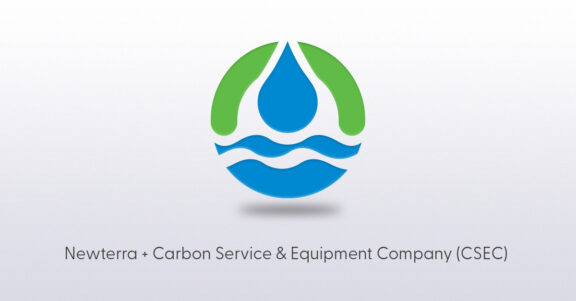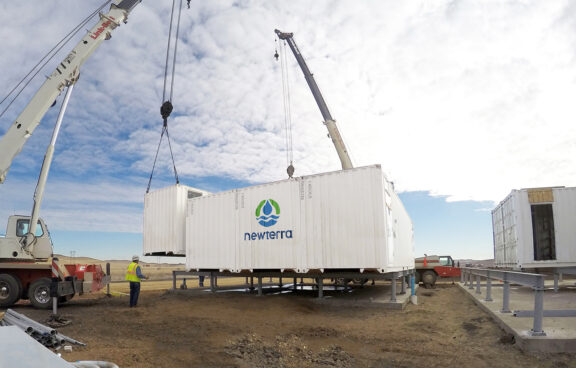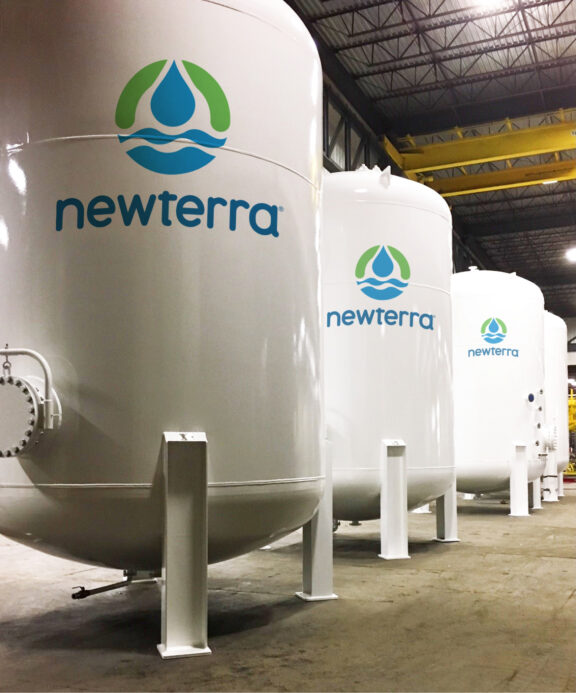
With Covid-19, toilet paper has become scarce in some communities. The use of ‘flushable’ wipes as an alternative leads to plugging of pump implellers from “Ragging”, where the wipes combine to create very tough rags and cords. This consumes countless hours of maintenance time in sewage pumping stations and wastewater treatment plants around the world.
For treatment plants using surface aeration, rags get tangled on propellers and the motors must work harder and can burn out or shut down. Fortunately, the innovative engineers at Aeration Industries have worked hard to create a solution. Unlike normal propellers, our anti-fouling props won’t get clogged with these troublesome items. We have a full range of product sizes with this remarkable prop. The knowledgeable sales team at our Chaska office is expert in assisting you to find your solution.


